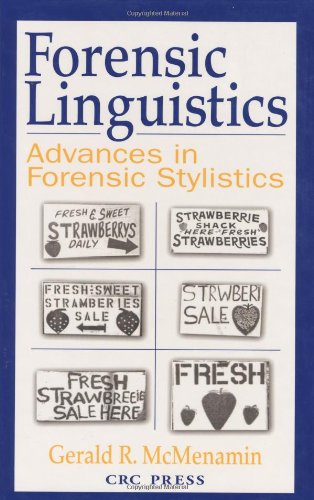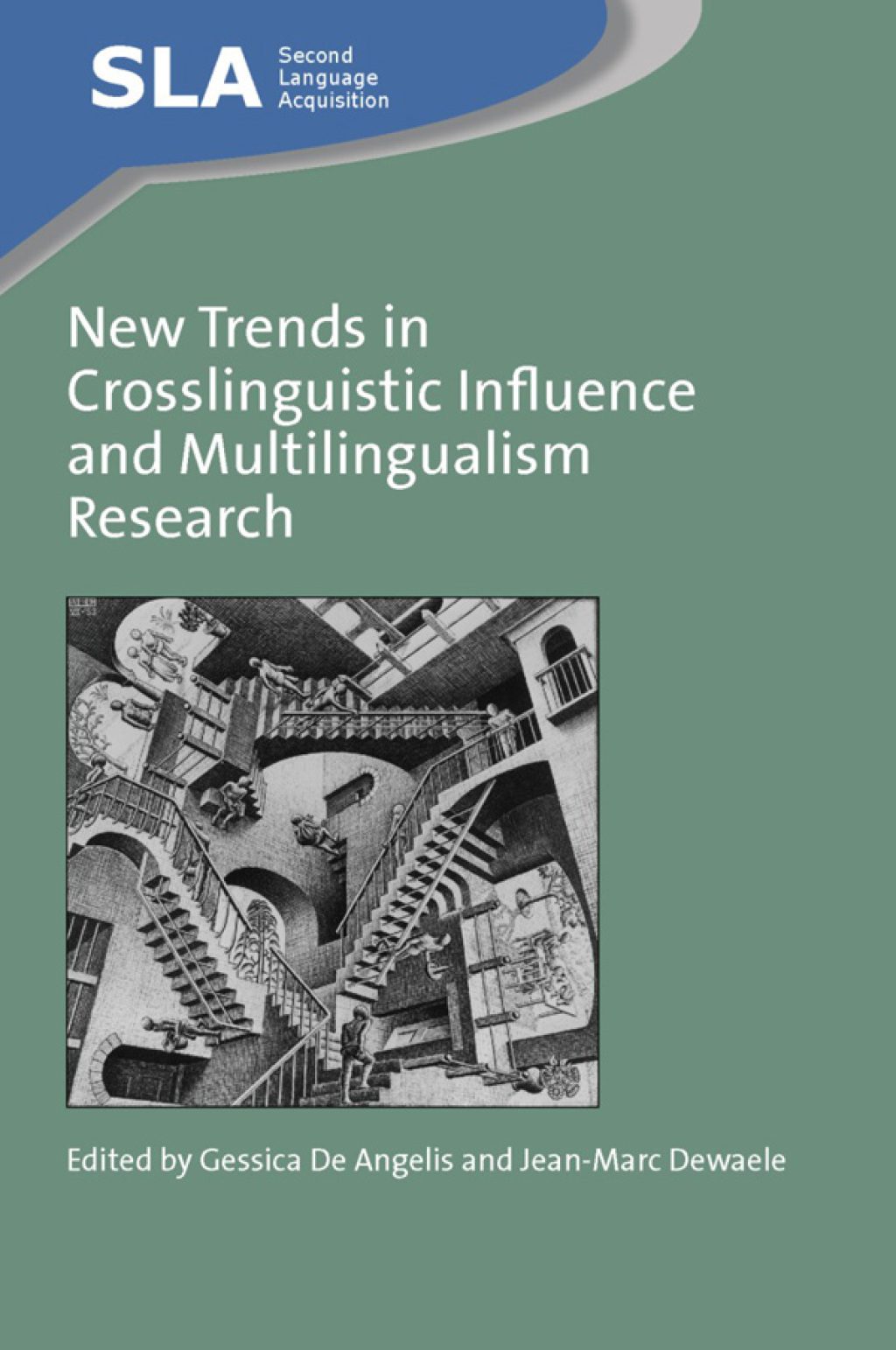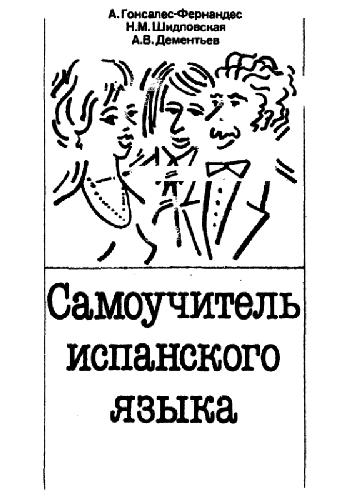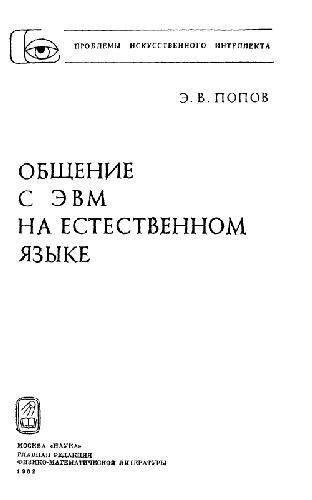Gerald R. McMenamin0-8493-0966-2, 9780849309663
Table of contents :
EEn……Page 1
Forensic Linguistics……Page 2
Back Cover……Page 3
Copyright Info……Page 6
Dedication……Page 7
The Author……Page 8
Contributors……Page 9
Introduction……Page 10
References……Page 13
TOC……Page 14
1.1 Overview……Page 22
1.3 Language……Page 23
1.3.1 Language Form……Page 25
1.3.2 Language Function……Page 43
1.3.3 Language Acquisition……Page 45
1.3.4 Linguistic Variation……Page 46
1.3.5 Written Language……Page 47
References……Page 53
2.1.1 The History of Linguistics……Page 56
2.1.2 Language and Linguistics……Page 57
2.1.3 The Meaning of Grammar……Page 58
2.2 Applied Linguistics……Page 59
2.2.1 Areas of Applied Linguistics……Page 60
2.2.2 Forensic Linguistics……Page 62
References……Page 64
3.2 Variation in Language……Page 65
3.4.1 Class vs. Individual Markers in the Forensic Sciences……Page 70
3.4.2 Language and Dialect……Page 72
3.4.3 Idiolect……Page 73
3.5.2 Linguistic Variables……Page 74
3.6 Language as a Discrete Combinatorial System……Page 76
3.7.1 Analogy in the Forensic Sciences……Page 79
3.7.3 The Language of DNA and Linguistics……Page 80
3.7.4 The Systems of DNA and Language……Page 82
References……Page 84
Cases Cited……Page 85
4.1 Forensic Linguistics……Page 86
4.2 Areas of Forensic Linguistics……Page 88
4.2.1 Auditory Phonetics……Page 89
4.2.2 Acoustic Phonetics……Page 90
4.2.3 Semantics: Interpretation of Expressed Meaning……Page 92
4.2.4 Discourse and Pragmatics: Interpretation of Inferred Meaning……Page 93
4.2.5 Stylistics and Questioned Authorship……Page 94
4.2.7 Language of the Courtroom……Page 98
4.3.1 Document Examination……Page 99
4.3.3 Semiotics……Page 101
4.4.1 “Psycholinguistics”……Page 102
4.4.2 “Literary Forensics”……Page 103
Electronic Sources……Page 108
Forensic Linguistics……Page 109
Auditory Phonetics……Page 110
Acoustic Phonetics……Page 112
Semantics……Page 114
Discourse and Pragmatics……Page 115
Stylistics, Questioned Authorship, and Corpus Linguistics……Page 117
Language of the Law……Page 121
Language of the Courtroom……Page 122
Interpretation and Translation……Page 123
Questioned-Document Examination……Page 124
Semiotics……Page 125
Cases Cited……Page 126
5.1 The Concept of Style……Page 127
5.2 Style in Language……Page 128
5.4 Group vis-à-vis Individual Styles……Page 129
References……Page 130
6.2 Linguistic Stylistics……Page 132
6.3 Models of Analysis……Page 134
6.4.2 Problem……Page 136
6.4.3 Method……Page 137
6.4.4 Findings……Page 138
6.4.5 Conclusions……Page 141
6.4.7 Report……Page 142
References……Page 144
7.1 The Qualitative Analysis of Style……Page 145
7.2.2 Linguistic Analysis……Page 147
7.2.3 Linguistic Findings……Page 148
7.2.4 Decision……Page 151
Case Cited……Page 152
8.1 The Quantitative Analysis of Style……Page 153
8.2.1 Frequency Distributions……Page 155
8.2.2 Standard Error of Difference……Page 156
8.2.3 t-Test……Page 158
8.2.4 Analysis of Variance……Page 159
8.2.5 Proportion Test……Page 161
8.2.6 Chi Square……Page 163
8.2.7 Coefficient of Correlation……Page 166
8.2.8 Frequency Estimates: Regina v. Gurtler……Page 168
8.3 Measures of Authorship Discrimination……Page 172
8.4 Corpus Development of American English……Page 173
References……Page 175
Cases Cited……Page 177
9.1.1 Questioned Authorship……Page 178
9.1.2 Semantic and Pragmatic Interpretation of Meaning……Page 179
9.3 Linguistic Stylistics as Evidence……Page 180
9.4 Issues in Forensic Stylistic Analysis……Page 183
9.4.2 Variation……Page 184
9.4.3 Method of Data Analysis……Page 186
9.4.4 Qualitative Analysis……Page 188
9.4.6 Other Questions……Page 189
9.5.1 Qualifications……Page 190
9.5.2 Reports……Page 191
References……Page 193
Cases Cited……Page 194
10.2 Method……Page 195
10.3 Findings: Qualitative……Page 198
10.4 Findings: Quantitative……Page 207
10.4.1 Joint Probability of One Writer Using All Variables……Page 214
10.4.2 A More Conservative Analysis of Joint Probability……Page 216
10.4.3 The Most Conservative Analysis of Joint Probability……Page 217
10.5.1 Strength of Findings……Page 218
10.6 Conclusion……Page 219
Appellate Decisions:……Page 220
Superior Court Civil Cases:……Page 222
Superior Court Criminal Cases:……Page 223
Employment:……Page 224
Business:……Page 225
Law:……Page 226
Wills and Estates:……Page 227
11.3.2 Criminal Cases……Page 228
11.4.1 Text Format……Page 229
11.4.3 Abbreviations……Page 232
11.4.4 Punctuation……Page 233
11.4.6 Spelling……Page 237
11.4.7 Word Formation……Page 238
11.4.8 Syntax……Page 239
11.4.9 Discourse……Page 241
11.4.11 High-Frequency Words and Phrases……Page 242
References……Page 244
12.2.1 Style……Page 245
12.1.3 Linguistic Stylistics……Page 246
12.1.5 Variation: Markers of Style……Page 247
12.1.6 The Study of Spanish Style and Stylistics……Page 248
12.2 Style Markers: A Small Corpus of Mexican-American Writing……Page 249
12.3.1.1 Case 1: California v. Defendant (1996)……Page 253
12.3.1.2 Case 2: U.S. v. Defendant (2000)……Page 259
12.3.1.3 Case 3: California v. Defendant (2001)……Page 262
12.3.2.1 Case 4: California v. Armas (1997)……Page 265
12.3.2.2 Case 5: Corporation v. Defendant (1997)……Page 269
References……Page 275
Bibliography: Spanish Style and Stylistics……Page 276
13.2 Language……Page 280
13.4 Literacy……Page 281
13.6.1 Format……Page 283
13.6.3 English Loans……Page 285
13.6.6 Murmur……Page 286
13.6.9 Hypercorrection……Page 287
13.6.10 Telegraphic Language……Page 288
References……Page 289
Abstract……Page 290
14.1.2 The Writing System of Korean……Page 291
14.2.1 Data Collection……Page 292
14.3.1 Chinese Characters for Sino–Korean Words: Hanja……Page 294
14.3.2 Roman Alphabetic Letters from English……Page 295
14.3.3 Arabic Numbers for Korean Number Words……Page 296
14.3.4 Invented Spellings……Page 297
14.3.5 Punctuation Marks……Page 298
14.4.2 The Spacing Rule and Selected Exceptions……Page 299
14.4.4 Findings……Page 300
14.5 Conclusions……Page 303
References……Page 304
ABSTRACT……Page 306
Summary of Marker Categories and Specific Markers……Page 307
15.1 Introduction……Page 308
15.2 The Japanese Writing System……Page 309
15.4 Analysis and Findings……Page 310
15.4.2 Punctuation……Page 311
15.4.3 Kanji Spelling……Page 312
15.4.4 Hiragana Spelling……Page 313
15.4.5 Katakana Spelling……Page 314
15.4.6 Roman Letter Spelling……Page 315
15.4.7 Phonological Variation……Page 316
15.4.8 Morpheme Choice……Page 317
15.4.10 Word Formation……Page 319
15.4.11 Syntax……Page 320
References……Page 322
A.1.4 This Case……Page 323
A.2.3 Areas of Expertise……Page 324
A.2.6 Analysis……Page 325
Appendix 2: Expert Testimony (Susan Morton)……Page 326







Reviews
There are no reviews yet.